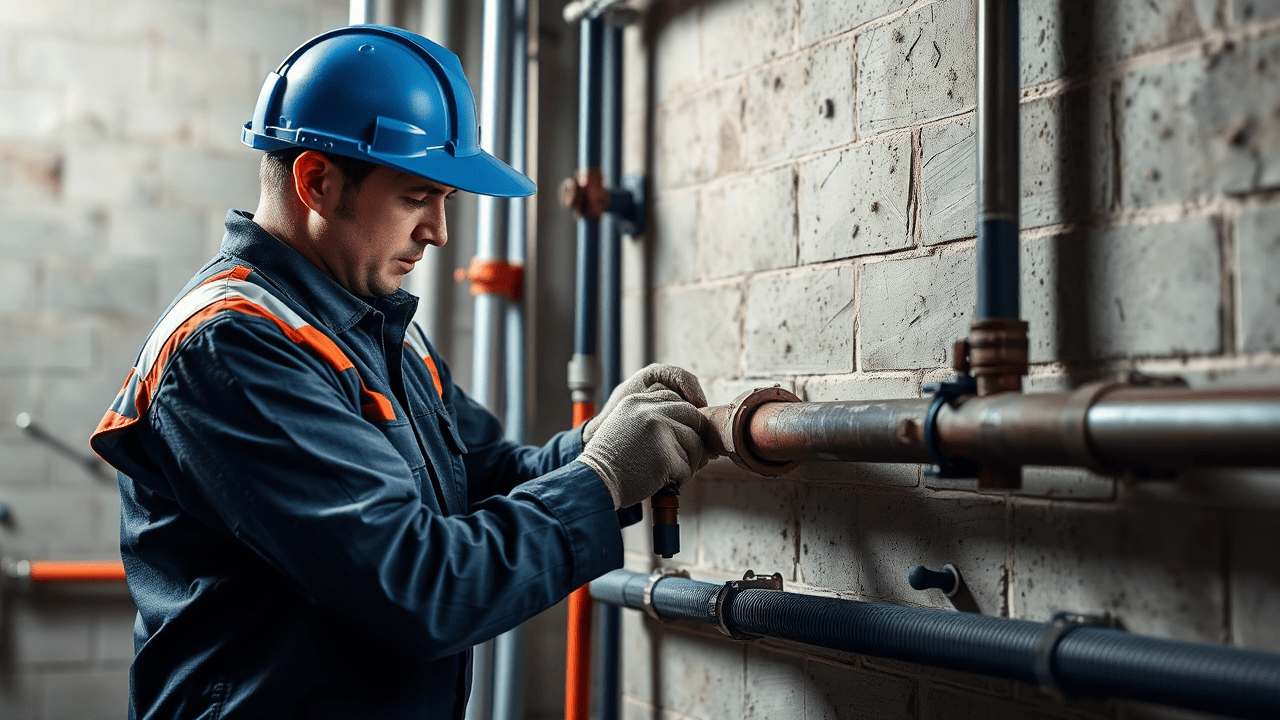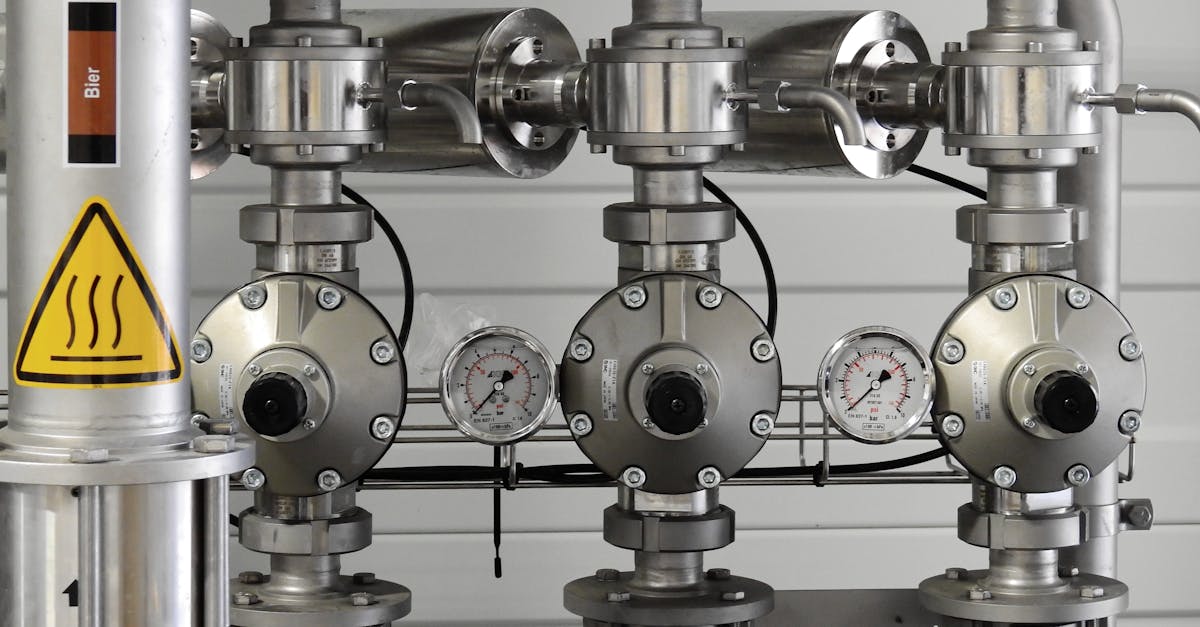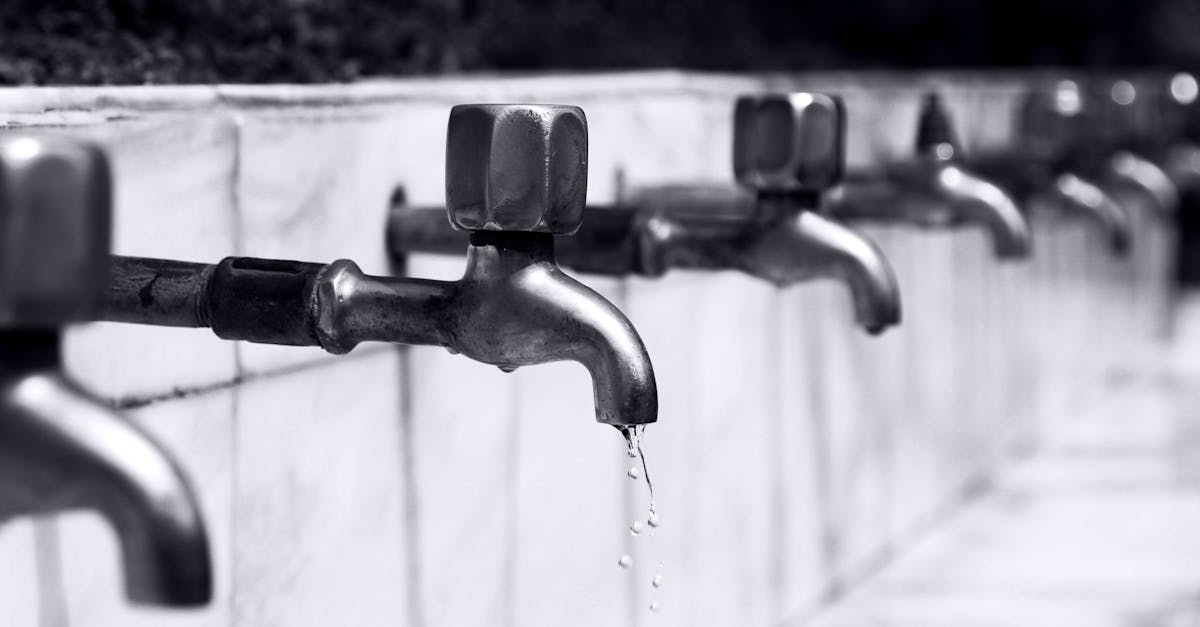
The Process of Pipe Installation
The process of installing pipes requires careful planning and execution to ensure a successful outcome. It begins with assessing the specific needs of the project, taking into account the type of building and the intended use of the plumbing system. Next, professionals will create a layout that adheres to local building codes and regulations. This step is crucial for ensuring that the installation meets safety standards and functions effectively.
Once the planning phase is complete, the installation can begin. Technicians will typically excavate areas where underground pipes will be placed, ensuring that existing structures are not disturbed. During this phase, they select materials based on durability and application, focusing on options suitable for the local climate. Pipe installation and repair Eugene, Oregon, often involves using specialized tools and techniques to guarantee a seamless setup that can withstand the test of time.
Steps to Properly Install New Pipes
Proper installation of new pipes is crucial for ensuring a long-lasting plumbing system. It starts with careful planning and assessment of the space where the pipes will be laid. This involves measuring dimensions accurately and determining the most efficient layout. Next, selecting the appropriate type and size of pipes based on the intended use and environmental conditions is essential. Adequate preparation of the site, including digging trenches or clearing obstructed areas, sets the foundation for a successful installation.
Once the groundwork is complete, the process of connecting the pipes can begin. This may involve cutting pipes to size, using fittings and connectors, and applying sealants for leak prevention. It is important to ensure that all connections are secure and that there are no obstructions that could interfere with water flow. In Eugene, Oregon, homeowners often seek professional assistance for pipe installation and repair to ensure compliance with local codes and standards. Following established guidelines helps prevent future issues and extends the lifespan of the plumbing system.
Choosing the Right Pipe Materials
Selecting the appropriate pipe materials for your project is essential to ensure durability and efficiency. Different materials come with various advantages and limitations. For instance, PVC pipes are lightweight and resistant to corrosion, making them suitable for many plumbing applications. Conversely, copper pipes, while more durable, can be costlier and less flexible in installation scenarios. Understanding the specific requirements of your project will enable you to make informed decisions regarding the pipe materials you choose.
In Oregon, the climate can also influence your choice of materials. Some pipes may perform better in areas with heavy rainfall, while others withstand freezing temperatures effectively. Local codes may dictate certain materials for particular applications, so it is crucial to stay informed. When considering your options, remember that factors such as longevity, maintenance, and costs are important. Researching and consulting with professionals experienced in pipe installation and repair Oregon can lead to better long-term outcomes.
Overview of Common Pipe Materials
When selecting the appropriate materials for pipes, several options stand out due to their durability and versatility. PVC, or polyvinyl chloride, is commonly used for residential plumbing and drainage systems. It is lightweight and resistant to corrosion, making it a popular choice among homeowners. Copper pipes offer excellent longevity and resistance to high temperatures, often used in water supply lines because of their reliability. Another option is PEX (cross-linked polyethylene), which has gained popularity for its flexibility and ease of installation, especially in remodeling projects.
Metallic materials such as steel and galvanized iron are also common in pipe systems, especially for industrial applications. Steel pipes provide strength but may require additional treatment to prevent rust and corrosion over time. In contrast, ductile iron is valued for its strength and pressure resistance, making it a suitable choice for larger systems. Choosing the right materials not only affects performance but also impacts the cost of pipe installation and repair in Oregon. Understanding the qualities of different pipe materials can help homeowners make informed decisions tailored to their specific needs.
Understanding Pipe Fitting Costs
Fitting costs for pipes can vary significantly based on a range of factors. Labor rates in the local area play a major role in determining overall expenses. In addition to labor, the complexity of the job also affects pricing. More intricate systems may require specialized skills, leading to increased rates. Materials chosen for the project can further influence costs. Higher-quality or specialty materials often come with a premium price tag, impacting the total budget.
Location also affects the overall expenses associated with pipe installation and repair, especially in areas like Eugene, Oregon. Accessibility to the site can change labor costs depending on how easily technicians can reach the work area. Furthermore, permit and inspection fees may apply depending on local regulations. Homeowners should account for these potential costs when budgeting for pipe installation and repair Eugene, Oregon. Understanding these factors can help in planning and ensuring that the project stays within financial limits.
Factors Influencing Repair and Installation Prices
When considering the costs associated with pipe repair and installation, several factors come into play. The complexity of the job significantly affects pricing. Simple repairs usually cost less than extensive installations that may require advanced tools and specialized techniques. The location of the project can also impact expenses, particularly in high-demand areas where labor costs are elevated due to market conditions.
Material choices directly influence the overall expenditure as well. Different types of pipes, such as PVC, copper, or steel, have varying price points. Additionally, local regulations may necessitate specific materials or installation practices, contributing to the final cost. For those searching for services, options like "Pipe installation and repair Oregon" can provide insights into available professionals and their pricing structures.
FAQS
Who is responsible for fitting and repairing pipes?
Pipe fitting and repair is typically handled by licensed plumbers or pipefitters who have specialized training and expertise in installing and maintaining various piping systems.
What qualifications should a pipe fitter have?
A qualified pipe fitter should have completed relevant training, often including an apprenticeship, and possess a valid license or certification as required by local regulations.
How do I know if I need a pipe fitting service?
You may need a pipe fitting service if you are experiencing leaks, blockages, or other plumbing issues, or if you are planning to install new pipes in your home or business.
What are the common types of pipes that professionals install?
Common types of pipes installed by professionals include PVC, copper, PEX, and galvanized steel, each suitable for different applications based on factors like durability and temperature tolerance.
What factors can affect the cost of pipe fitting and repair?
Factors influencing the cost include the type of materials used, the complexity of the job, the location of the pipes, labor rates in your area, and any necessary permits or inspections.


